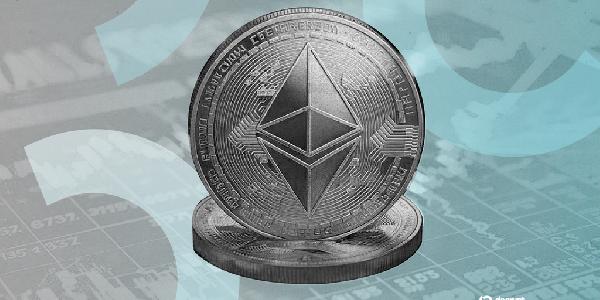Bitcoin’s dip on Tuesday has put the digital asset’s upward trajectory on hold, at least for now.
The move came as traders sought to book profits amid mixed monetary signals and divisive language surrounding the potential replacement of Federal Reserve Chair Jerome Powell.
While on-chain data suggests that profit-taking is the primary driver, sticky inflation remains a significant point of contention.
The world‘s largest crypto is trading at $117,250, down 4.5 from its Monday all-time high following Monday’s losses, according to CoinGecko data.
Bitcoin’s drop coincides with a 14,000 BTC spike in exchange inflows on Tuesday, according to CryptoQuant’s head of research, Julio Moreno.
That’s generally a telltale sign that traders are locking in profits after a significant rise in an asset‘s price, as they look to sell excess amounts to exchanges, or so the thinking goes.
"Bitcoin exchange inflows spiked as prices hit the most recent all-time high yesterday," Moreno said on X. "Higher exchange inflows typically precede price volatility."
The dip also came amid the release of June’s U.S. Consumer Price Index figures. While the reading was in line with analyst expectations, the data shows a jump of 0.3 percentage points from 2.4 in June last year to Tuesday’s 2.7.
Higher inflation reduces the likelihood of a near-term rate cut, keeping borrowing costs high and pressuring risk-on assets, such as the S&P 500 index or crypto.
An uptick in inflation further reinforces Federal Reserve Chair Jerome Powell’s stance of keeping rates higher for longer, a point of contention among Republicans and U.S. President Donald Trump.
“There’s a formal process that’s already starting,” Treasury Secretary Scott Bessent said on Tuesday in relation to Powell’s tenure. Powell’s current term as Federal Reserve Chair is set to expire in May 2026.
While the short-term outlook shows traders are skittish, Moreno told Decrypt, “I don’t think that was the top.” He believes a more dovish Fed chair could emerge, which would likely push for rate cuts.
That decision would be a “positive" boon for crypto, Moreno added.
Short-term holders, meanwhile, are sitting at an average profit of around 10, according to on-chain data analytics platform Santiment.
Based on the platform’s research, a 10 to 20 range is termed the “danger zone” and has historically preceded price corrections as traders seek to lock in further gains rather than risk the downside.
Bitcoin dropped more than 8 from $109,000 after the 30-day Market Value to Realized Value repeatedly spiked above 10 in the last week of May.
Your Email







